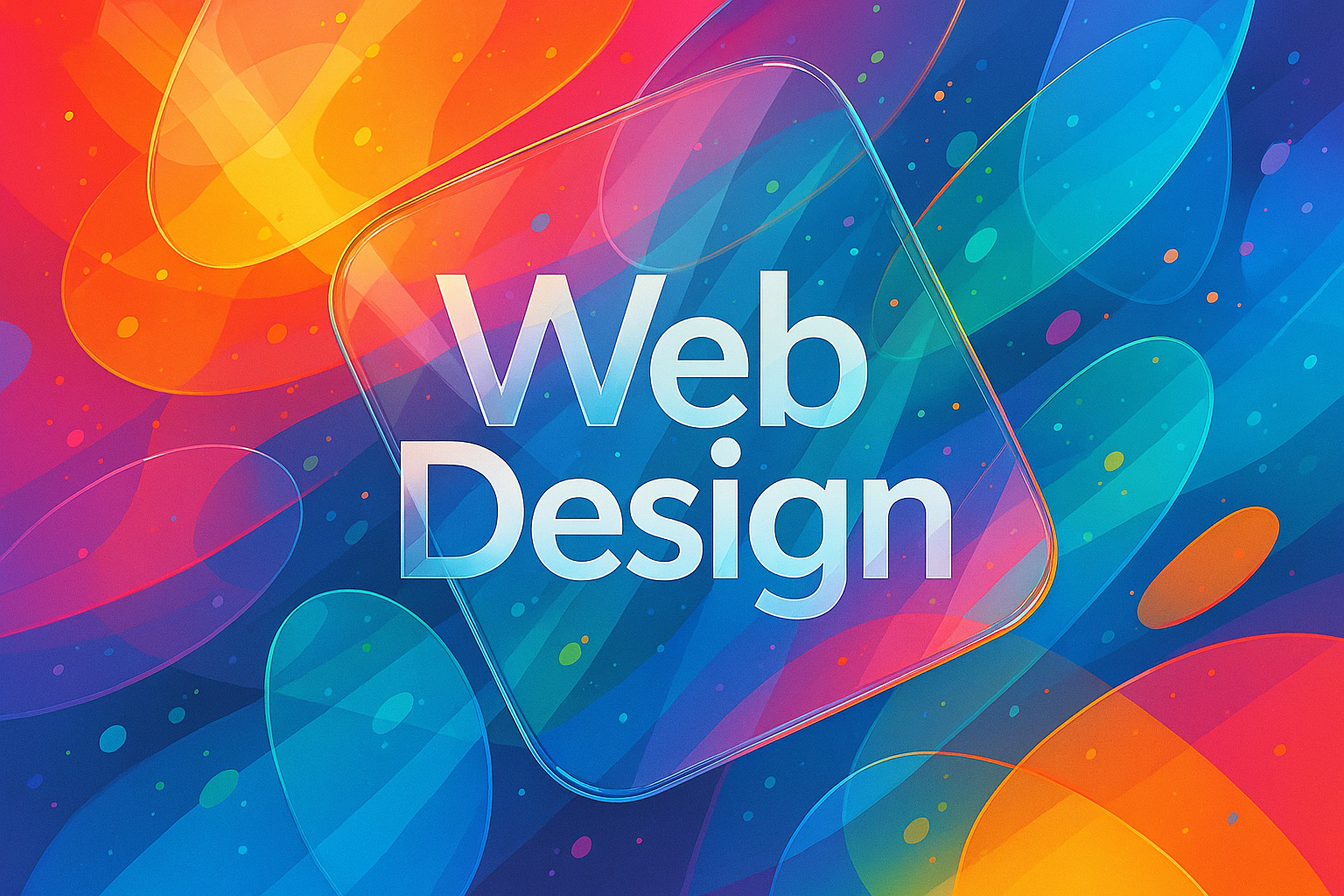So, what is web design — and how can you do it well without spending a fortune?
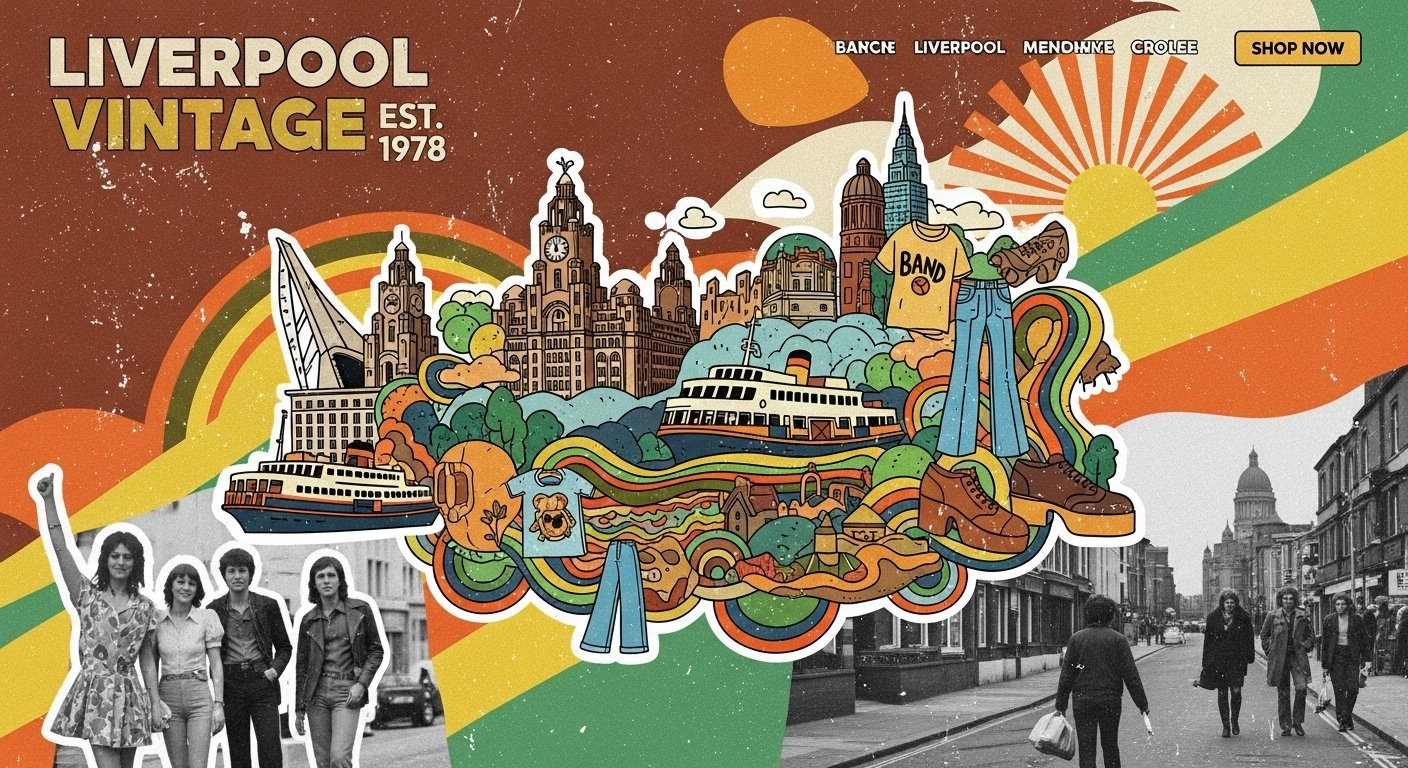
The Lie We’re Told About Your Website
Walk down Bold Street. What do you see?
It’s not just the red brick or the colourful shop fronts. It’s the warm glow from a café window that makes you want to step inside. It’s the clear menu board that tells you what’s on offer. It’s the open door and the friendly smile from behind the counter.
That feeling—that invitation—is what web design truly is.
Most people are sold a lie: that a website is just a digital poster. Something to be “made pretty.” But that’s like saying the Mersey is just water. It misses the entire point.
Your website isn’t a static image. It’s your open door on the digital high street. It’s the hand you extend to a potential customer at 2 AM when you’re fast asleep. It’s the tone of your voice, the clarity of your offer, and the promise of your craft—all translated into a language anyone, anywhere can understand.
When it’s done with purpose, it doesn’t just sit there looking nice. It works. It leans in, listens to a visitor’s needs, and gently guides them to the solution you provide: to book that service, to buy that product, to pick up the phone and start a conversation.
For every Liverpool bakery, builder, and creator, this is the fine line you walk. A thoughtful design earns trust in a heartbeat. A careless one? It quietly turns people away, sending them to a competitor before you even knew they were at your door.
This isn’t about technology. It’s about connection. And in a city built on authenticity and hard graft, that connection is everything.
Web design is a mix of art, strategy, and engineering.
It’s about creating a digital experience that feels natural to the user and authentic to your brand.
A good web designer balances five key elements:
- Visual clarity – how your site looks and feels.
- Structure – how people move through it.
- Content – what your audience reads and responds to.
- Performance – how fast and reliable it is.
- Accessibility – ensuring everyone, including people with disabilities, can use your site.
When those five work together, your site feels effortless — users find what they need, and your business gets results.
Why So Many Liverpool Small Businesses Struggle With It
Most Liverpool small businesses don’t fail at design because they’re lazy — they fail because they’re misinformed.
They’re told they need something “cheap” or something “flashy,” and both extremes lead to frustration. It’s the difference between a website that captures the spirit of a Baltic Triangle studio and one that looks like it could be for a shop in Sheffield or Southampton.
Some spend thousands on a site that looks stunning but converts no one.
Others grab a free template, fill in some text, and wonder why Google ignores them.
The truth? Web design is a process — not a purchase.
It’s about defining what your customers need, then building a clear path for them to take action.
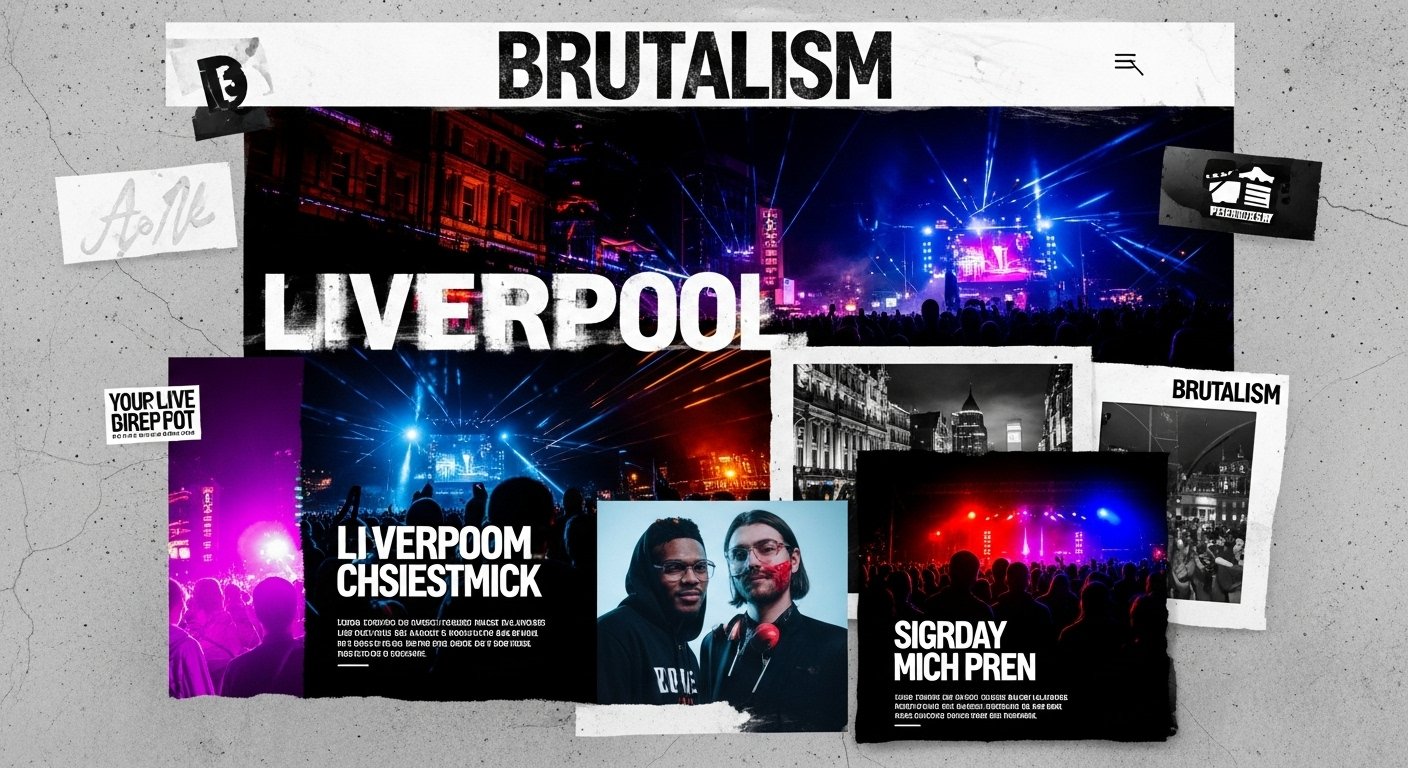
Affordable Web Design in Practice
If your budget’s tight, focus on smart choices, not shortcuts.
Here are five affordable paths that work:
- Start with a Reliable Theme
Use a fast, lightweight WordPress theme like Astra or GeneratePress.
They’re flexible, mobile-ready, and a great canvas for showcasing your work with strong Liverpool photography.- Pros: Fast, secure, and professional out of the box.
- Cons: You’ll still need a designer’s eye for spacing, fonts, and flow.
- Use Visual Builders Wisely
Page builders like Elementor or Divi help non-coders design pages visually.
They’re brilliant for testing ideas quickly.- Pros: Great creative freedom, no code required.
- Cons: Can bloat your site and slow it down if you overload on effects, animations, or too many plugins.
- 3. Choose Tools That Grow With You
- Pros: You can start small and expand easily.
- Cons: You’ll need to learn the basics of updates, backups, and security.
- Use platforms that scale — WordPress or Squarespace — not cheap one-click site builders that box you in.
- Pros: You can start small and expand easily.
- Cons: You’ll need to learn the basics of updates, backups, and security.
- 1. Start with a Reliable Theme
- Use a fast, lightweight WordPress theme like Astra or GeneratePress. They’re flexible, mobile-ready, and a great canvas for showcasing your work.
- 2. Use Visual Builders Wisely
- Page builders like Elementor or Divi help non-coders design pages visually.
Your site doesn’t need twenty pages. Start with these:- Home
- Services / Products (Be specific! e.g., “Social Media Management for Liverpool Restaurants”)
- About
- Contact
- (Optional) Blog for credibility and SEO
- Pros: Keeps things simple and affordable.
- Cons: You’ll outgrow this structure eventually — but that’s a good problem to have.
- Invest in Photography and Copy
No template can save bad visuals or confusing words. Strong, local photography (think the Royal Albert Dock, Sefton Park, or your actual workshop) and honest, helpful Scouse copy make even a simple layout feel premium and authentic.- Pros: Builds trust instantly.
- Cons: Requires planning — but pays for itself in credibility.
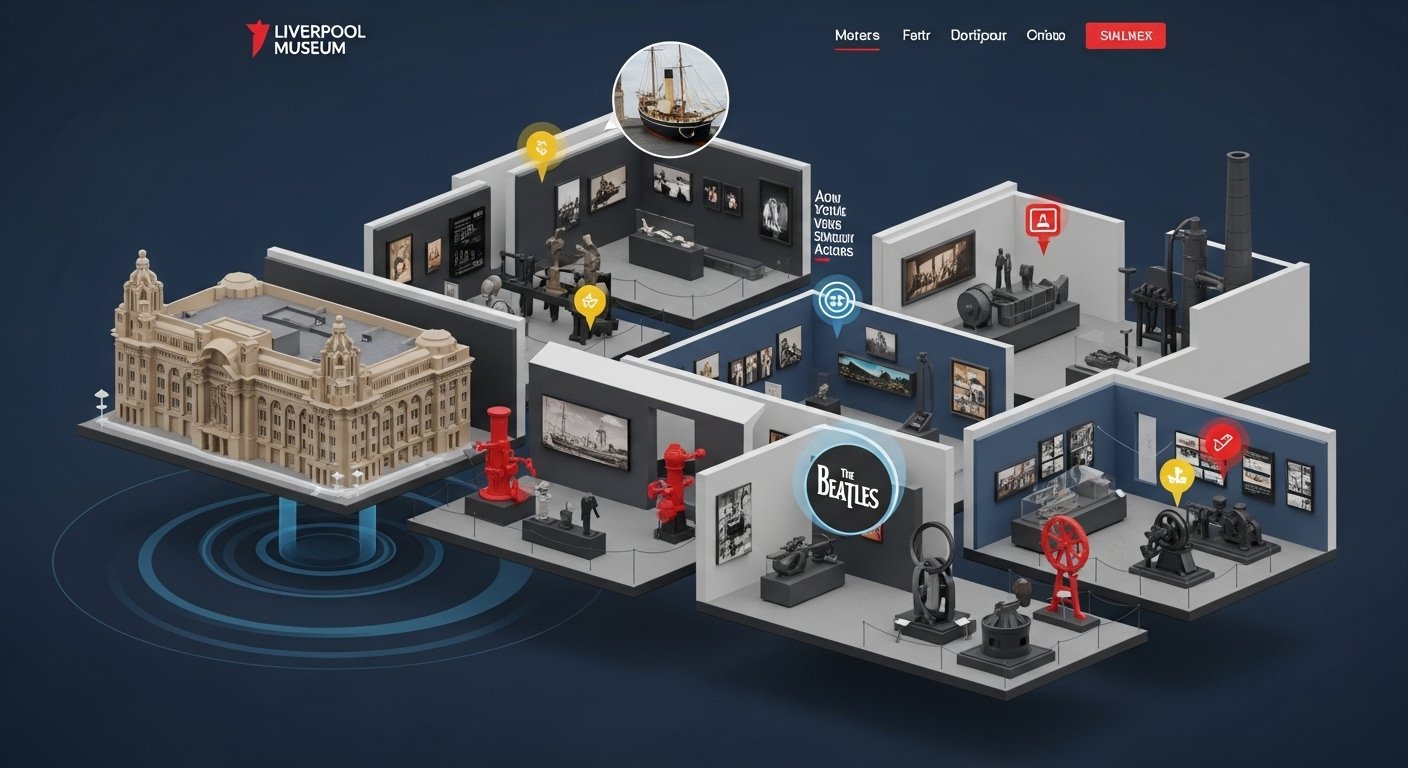
How to Know It’s Working
A good website:
- Loads fast on mobile.
- Feels natural to navigate.
- Has clear calls to action (“Book,” “Call,” “Buy”).
- Reflects your real business, not a generic template.
- Turns visitors into enquiries.
- Leads to positive reviews on your Google Business Profile.
If your site does those things, the design is working — no matter what you spent.
Free Resources to Get You Started
You don’t need a big budget to find great inspiration and tools. Here are some free resources to help you see what’s possible and how to achieve it.
For Visual Inspiration:
- Dribbble: A go-to platform for seeing the latest design trends, colour palettes, and page layouts from designers worldwide. (Pro Tip: Search for “agency websites” or “restaurant portfolios” to find ideas relevant to your industry.)
- Behance: Similar to Dribbble but often features full, in-depth case studies of website projects. Great for understanding the story behind a design.
- Awwwards: Showcases the most award-winning and cutting-edge websites. Be inspired, but remember—these are often complex and expensive. Use it for creative sparks, not as a direct blueprint.
For Practical Tools & Assets:
- Google Fonts: A massive library of free, professional fonts that are easy to add to any website. Pairing a good font with your imagery instantly elevates your site.
- Unsplash & Pexels: High-quality, royalty-free stock photo sites. While you should aim for original photos, these are perfect for supporting imagery. Search for “Liverpool” to find some good local shots!
- Figma / Penpot: Free design tools where you can create simple wireframes or mockups of your pages before you build. Planning your structure visually first saves time and money.
For Learning the Ropes:
- YouTube Channels: Channels like Webflow, The Futur, and Flux Academy offer incredible free tutorials on design principles and strategy.
Remember, the goal isn’t to copy but to understand why a design works and how you can adapt those principles for your Liverpool business.
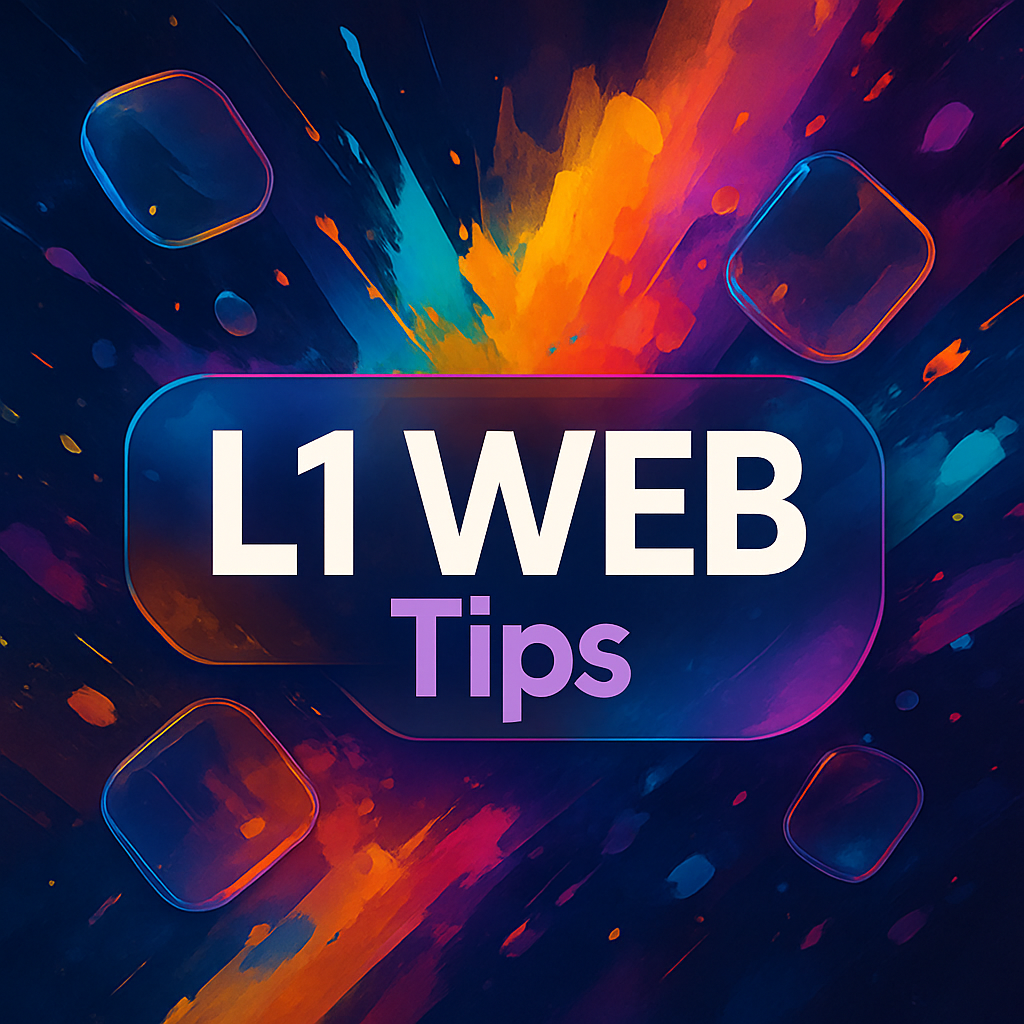
Final Thought: Web Design as Local Craft
Liverpool’s business community has long been defined by craftsmanship—from artisan bakers and skilled builders to independent makers and creative musicians. Web design deserves recognition in this same tradition: it is skilled, purposeful work that transforms abstract concepts into tangible digital experiences people can navigate, understand, and trust.
Whether you operate as an independent professional or lead a growing team, your website serves as your primary introduction to the world—a digital handshake that conveys your values, expertise, and professionalism.
Ensure it communicates clearly, authentically represents your business, and reflects your unique identity.
L1 Web Tips can take the hassle out of web design, hosting, and more. Talk to our team today to discover how we can help your Liverpool business thrive online.
